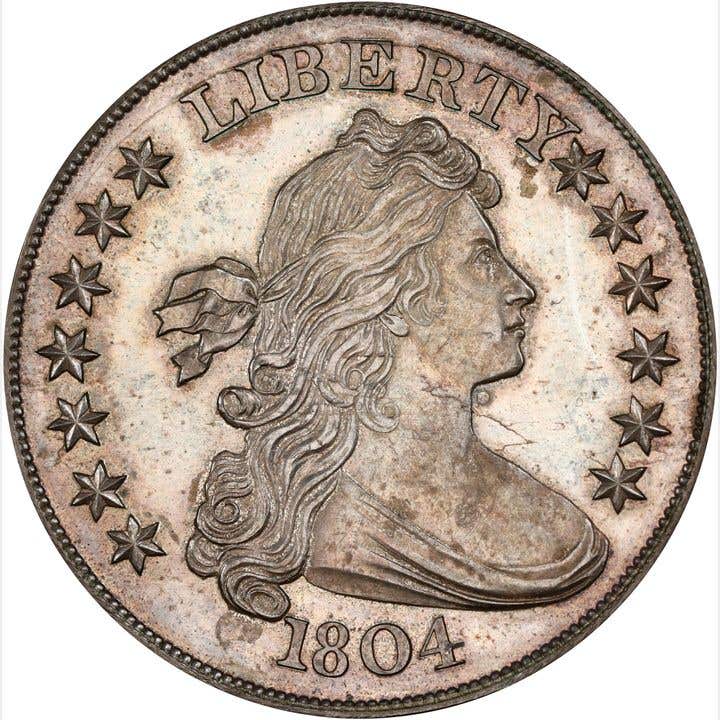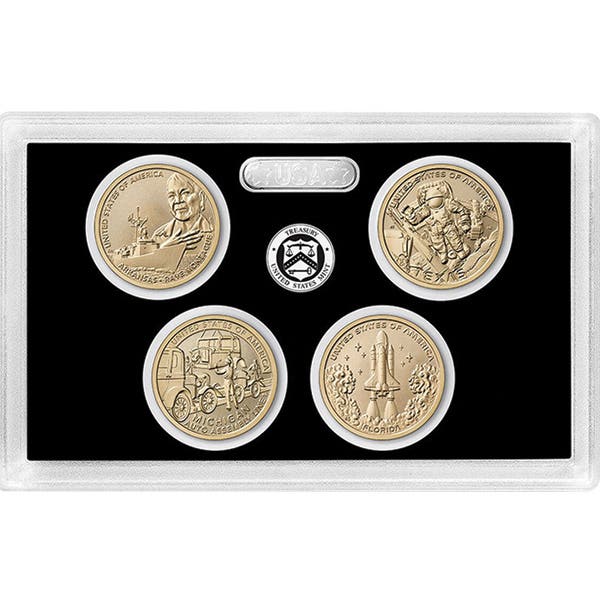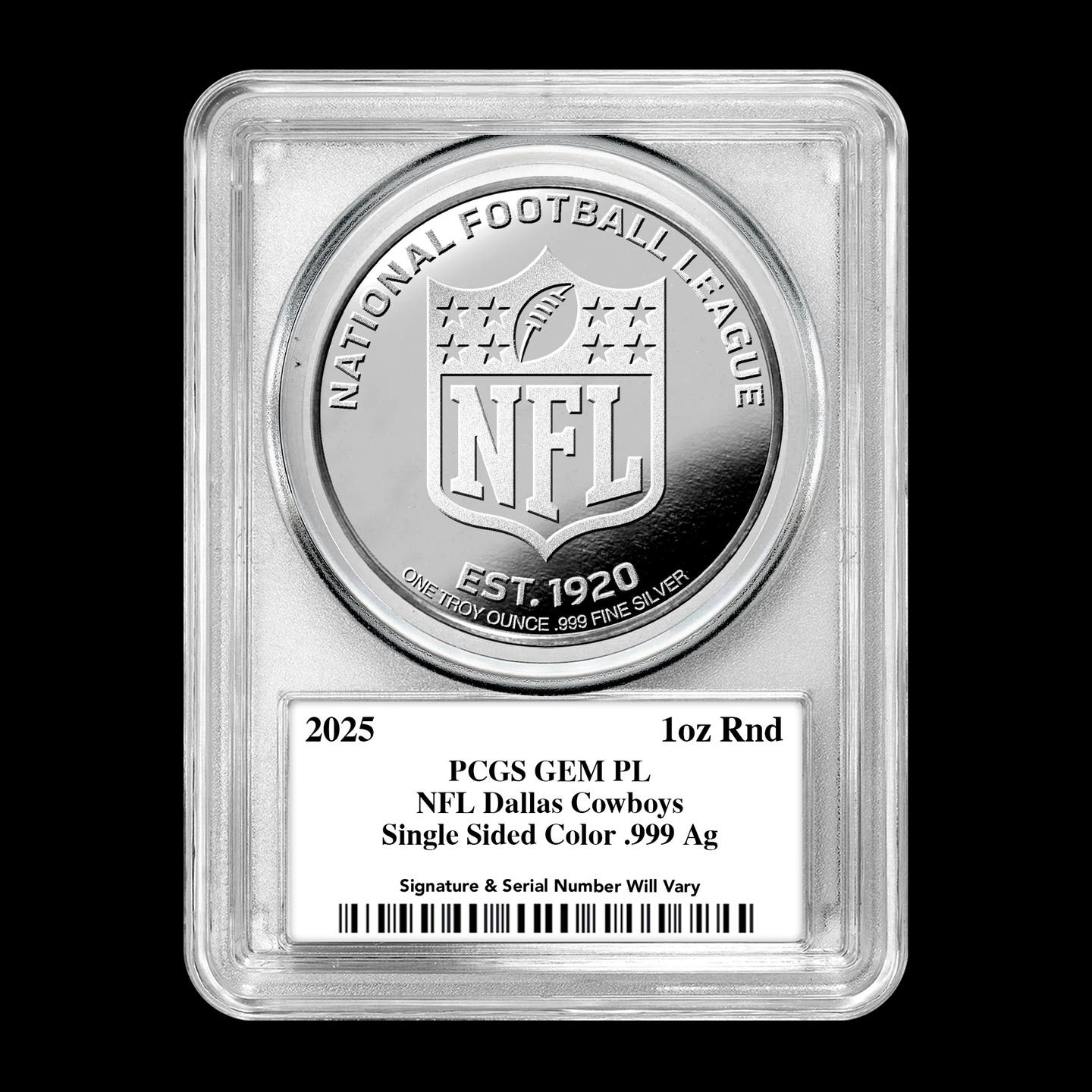The Baltimore Gold Hoard: A Depression-Era Tale of Fortune and Fate
A cellar, two shovels, and 3,558 coins sparked a legal battle and lasting legend.
Baltimore in the 1930s
In the grip of the Great Depression, Baltimore, like much of the United States, grappled with economic hardship. Unemployment soared, and many families relied on government assistance to make ends meet. Amidst this backdrop of struggle, two teenage boys, Theodore Jones (16) and Henry Grob (15), both from fatherless households, sought solace and adventure in their friendship. They formed a club whimsically named the "Rinky-Dinky-Doos," meeting in the tenement basement at 132 South Eden Street, where Jones lived with his mother.
The Astonishing Discovery
On August 31, 1934, while digging in the cellar to create a hiding spot for their club's dues, the boys struck something hard. Curious about what they had hit, they unearthed two corroded copper pots brimming with gold coins. Their find was comprised 3,558 coins, including:
- 317 $20 Liberty Gold Double Eagles
- 81 $10 Liberty Gold Eagles
- 245 $5 Liberty Head Gold Half Eagles
- 10 $5 Indian Head Gold Half Eagles
- 65 $2.50 Liberty Head Gold Quarter Eagles
- 2,840 Type I, II, and III $1 Gold Coins
The coins were all dated between 1830 and 1857. Their total face value was $11,425.50, which is equivalent to over $260,000 today.
Legal Entanglements and Auction
After news of the discovery spread, more than a dozen individuals came forward, each asserting ownership of the gold. Some claimed familial ties to past tenants of the property, while others speculated that the hoard had been hidden long ago—perhaps by a seafaring captain or a local resident seeking to safeguard wealth during the turmoil of the Civil War. Legal proceedings ensued, and in 1935, Judge Eugene O'Dunne ruled in favor of the boys, stating that "finders are keepers." However, due to ongoing disputes and the Gold Reserve Act of 1934, which prohibited private ownership of gold, the coins were ordered to be sold at auction.
The auction, held on May 2, 1935, at the Lord Baltimore Hotel, attracted significant interest. In total, 438 lots were sold, fetching $19,558.75. After legal fees, each boy received $7,000, held in trust until they turned 21.
A Second Hoard and Tragedy
In 1935, the boys returned to the cellar and discovered a second hoard, estimated at $10,000. They kept this find secret, dividing it between themselves and their mothers. However, later that year, the Jones' home was burglarized, and $5,000 in gold coins and $3,100 in cash were stolen, bringing the second discovery to light. Legal battles resumed, but the courts, once again, ultimately ruled in favor of the boys.
Tragically, Henry Grob never lived to enjoy his share. He died of pneumonia in August 1937 at the age of 17 while litigation was still ongoing. His portion of the hoard became part of his family's inheritance.
The Baltimore Gold Hoard endures as more than just a tale of buried treasure. It is a snapshot of Depression-era America where, in this particular case, curiosity and luck collided beneath a tenement floor. For Jones and Grob, the discovery brought fleeting fortune and lasting notoriety, even as their windfall was nearly eclipsed by the ensuing legal red tape and, ultimately, for one family, tragedy. Nearly 100 years later, their story remains a captivating part of Baltimore’s history.
You may also like:









